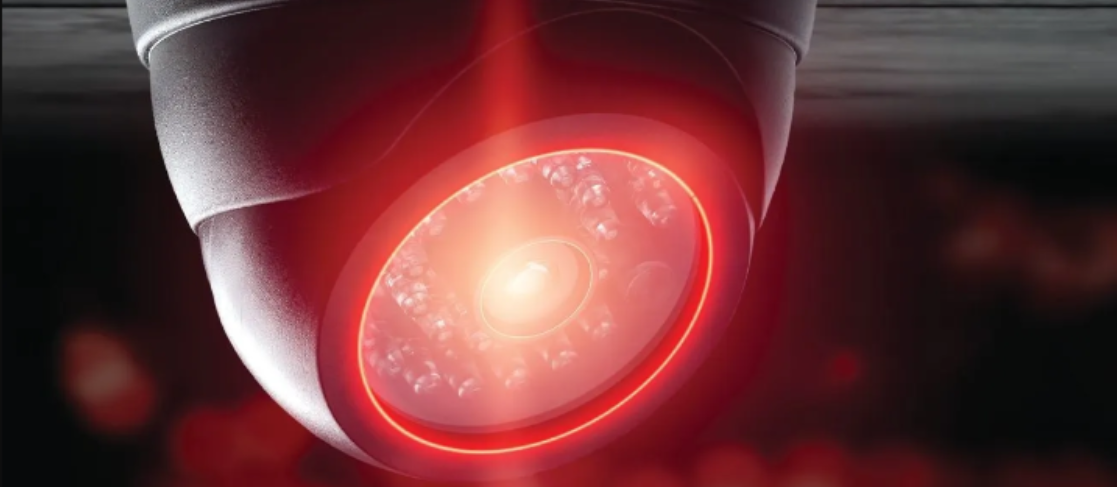Pool Prep
Ensuring water features can withstand weather extremes

Temperatures keep hitting new records: hotter, longer-lasting heatwaves; blowing, bitter cold snaps. On their own, each weather event feels like an anomaly, but the extremes are becoming normal. Record temperatures put a massive amount of stress on pools water features and open habitats – high heat challenges cleanliness, freezing threatens integrity. As more people rely on pools and parks to get relief from extreme weather, it’s up to facility managers to ensure all water features are optimally maintained.
Meticulous maintenance is the prime defense against the impact of weather extremes. Imagine the responsibility of keeping zoos, theme parks, aquariums and display pools around the world clean, clear and watertight.
Proper preparation for seasonal changes will protect every kind of water feature and extend their integrity, longevity and beauty.
Stay debris-free
In some parts of the world, autumn arrives with an onslaught of seeds and leaves. Heavy rainfall and flooding introduce more than the normal amount of debris to pool areas. Keep filters and filter baskets free of leaves and other debris. Backwashing — reversing water through the filter out of the waste line and drain — will keep filters cleaner by flushing out built-up debris. Check filter equipment thoroughly for signs of damage. Vacuum all surfaces, paying special attention to areas that get little circulation, which make them prime spots for algae growth, especially when it is warm.
Inspect for cracks
Small cracks become big problems, especially in moist environments. Cracks are an inviting home for mold and mildew, especially if in areas susceptible to flooding, excessive precipitation, runoff or humidity. Once the moisture gets in, it has a hard time getting back out, which causes it to settle. Cracks in concrete are virtually impossible to avoid. Even when concrete is poured and cured correctly, it will form imperfections over time. Seal cracks as soon as they are discovered. Check pool and tank walls and floors for any signs of cracking or other imperfections. Consider waterproofing concrete, especially in areas of heavy rainstorms and flooding. Basic maintenance is made easier, and the waterproof factor keeps things clean. Do not forget to inspect covers to ensure they have not suffered any damage from heavy use or while in storage.
Look for leaks
As materials expand and contract with each swing in temperature, fittings and connections become prone to damage. Check filters and pumps for water spots or damp areas. Check pipe connections, a common source of cracks and leaks. For pools and tanks with acrylic walls, inspect sealant at the joints for signs of damage that could cause a leak. Make sure ambient lighting and sound systems remain insulated and properly protected from moisture.
Reset the systems
Run tests on all systems to ensure they are working properly. Chemical levels need to be adjusted as use and environmental conditions change. Check and test timers to make sure they are still accurate and reflect the switch to daylight savings or standard time. If pools, tanks or outdoor areas are closing over a cold winter, ensure breakers, pool lights and time clocks are turned off.
Stock up on supplies
Take stock of supplies and ensure everything is at hand to protect pools, water features and exhibits. High heat will increase evaporation; heavy use may require adjusting the chemical balance. Stock winterizing supplies that will be needed to keep water environments in top condition throughout the winter.
Counter the cold
Pools should never be left completely empty over the winter; this can damage walls and liners and may cause cracking. In climates that experience freezing, water should only be drained to below the skimmer to prevent water from entering pool equipment, where it can settle, freeze and result in damage.
Outsmart the heat
The warmer the water, the more demand on chemicals, especially chlorine. Chlorine is susceptible to break down under the sun’s powerful UV rays so be ready to adapt. Also test to check total dissolved solid (TDS) and cyanuric acid levels. Because these numbers can only be lowered by adding new water, the ideal time to do this is when temperatures are cooler to reduce the risk of excessive evaporation and damage to surfaces from sun and heat.
Algae, bacteria and other microorganisms thrive in warm water environments. In addition to a weekly cleaning routine, it may be necessary to incorporate a shock treatment to prevent problems. Plan additional shock treatments after very heavy rains and windstorms, more swimmers than usual, extreme temperatures, and any signs of murky, slimy water. Adding algaecide is a preventative measure to slow down algae growth, especially in water exposed to a lot of sun and heat.
Polish up acrylic
Many world-class water features now include acrylic as an alternative to glass. Acrylic panels are quick and easy to refurbish and polish, and they are less likely to crack, hold scratches, or break. Acrylic can be molded to exact design specifications. Lighter in weight than glass acrylic is less complicated to install in certain situations, and high quality materials won’t yellow under UV rays. Take the change of season as an opportunity to assess acrylic viewing windows and design panels for clarity and have them professionally polished to maintain aesthetic appeal. This can be done when a pool or tank is emptied for maintenance or underwater while it’s still full.
With changing seasons, rising temperatures, and the increasing number of weather events, a little extra attention will allow water features, exhibits, tanks and pools to withstand the extremes. Understanding the effect of high heat, prolonged cold, and increased moisture on mechanics and maintenance means seizing opportunities to do a little more than a regular cleaning. Zoos, aquariums, gardens, water parks, and pools provide spectacular experiences for visitors trying to escape the heat or cold; make sure weather extremes don’t compromise their enjoyment.

Read more on Operations & Maintenance , Real Estate and Risk Management
Explore All FMJ Topics









